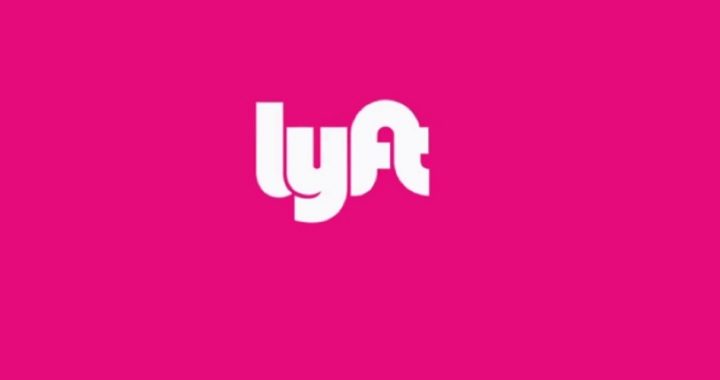
On September 18, Montauk Credit Union in Montauk, New York, was taken over by the state after examiners found “unsafe and unsound conditions” in its investment portfolio.
The credit union had more than 98 percent of its investments in taxi medallions, which have dropped precipitously in value since ride-sharing services such as Uber and Lyft entered the market three years ago.
Taxi medallions were established decades ago by New York City’s Taxi and Limousine Commission as a way to limit the number of cabs. At present there are slightly more than 13,000 taxis in the city, and most of their medallions are owned by investors who saw their opportunity: If supply were limited by government mandate, and demand increased with population, then the price of each one would inevitably rise.
And they did. Investors hired managers (much like property managers in real estate) to collect the lease payments from taxicab companies, which derived their income from fees they charged drivers to drive their cabs.
But in the past couple of years the market has shifted. Corey Owens, Uber’s head of global public policy, observed: “The medallion owners seem to be of the opinion that they are entitled to indefinite appreciation of their asset. The tax medallion in the U.S. was the best investment you could have made in the last 30 years.”
But no longer. In April 2014, the chairman of the National Credit Union Association, Debbie Matz, sent out a warning to all credit unions containing answers to a number of frequently asked questions about taxi medallion financing. Originally intended for examiners, she said it just might be a good idea for each credit union’s board of directors and CEO to read it as well.
Apparently the folks at Montauk didn’t get the memo, which warned of the “unique characteristics of taxi medallion lending,” its “unique risks,” and how government mandates had created a “speculative value” in tax medallions that exceeded their real value based on the borrowers’ abilities to repay the loans.
Matz, without actually saying as much, grasped the concept, and the result of how government intrusions into the free market create excessive risk:
A limited supply of taxi medallions in a given market can raise the value of the medallions in that market above the economic value relative to a given level of demand.
Simply put, the speculative value is the difference between the economic value of a medallion and the price the market is willing to pay for that medallion.
She warned that other assets than just revenues from leases must back up medallion loans: “repayment of the speculative portion will have to be from another source (such as the borrower’s liquidity or other earnings).”
As the value of taxi medallions dropped from over $1 million to a much lower number (some estimates are half a million, with few takers), it was just a matter of time before loans using them as collateral would start going bad. That’s when examiners got word that Montauk was in trouble, and the state took it over.
This is reflective of distortions in the marketplace that can no longer be sustained, thanks to the ability of customers to “e-hail” ride-sharing companies and enjoy lower fares, better service, shorter wait times, and greater safety and security. As Owens said,
If we actually cared all that much about what the customer experience was, is this [the taxi cartel] the system we would have built?
Absolutely not.
People talk about Uber as this revolutionary thing. The technology is very sophisticated. It’s really cool. But I think what’s truly disruptive about Uber has to do with economic incentives.
New York City isn’t the only city with rules to limit the number of taxis. Chicago has a similar arrangement. But last fall, when the city announced an auction of 50 new medallions to raise revenue, it set the price at $360,000 each, a number that agency bureaucrats thought would be realistic.
No one showed up.
An attorney who is suing the city for allowing companies such as Uber and Lyft to enter the market and break the cartel, said, “At that point it became apparent to everybody — if it hadn’t been apparent before — that something fundamental had changed in the marketplace.”
As this change continues apace, who is really paying the price? Certainly the taxi drivers who are paying a fee to taxi companies to drive their vehicles. As they face greater competition, they will suffer lower revenues. The taxi companies with fleets of vehicles and dozens if not hundreds of medallions will suffer. Investors will suffer as well as the new reality sets in.
But much of the real cost will be borne by the taxpayer, thanks to the National Credit Union Association (NCUA), set up as part of the New Deal under President Franklin Roosevelt. Created to “regulate, charter and supervise” federal credit unions, it also insured them against losses incurred by ignoring memos and the new market reality. Despite Montauk’s takeover by New York State, it is still hawking taxi medallion loans on its website while declaring that “no one has ever lost a penny placed in trust with a federally insured credit union.… Montauk Credit Union is a solid and well-capitalized financial institution.”
A graduate of an Ivy League school and a former investment advisor, Bob is a regular contributor to The New American magazine and blogs frequently at www.LightFromTheRight.com, primarily on economics and politics.



